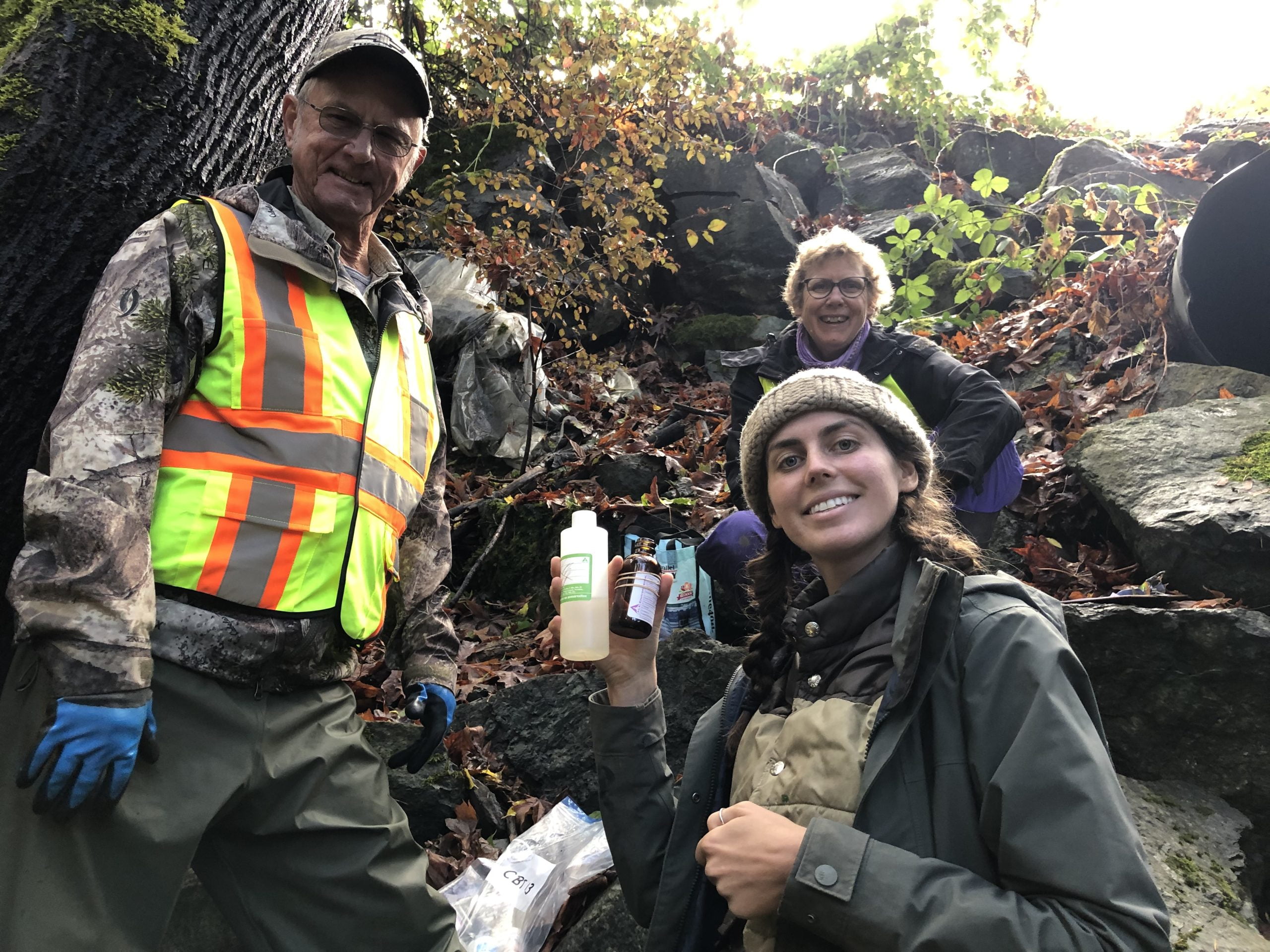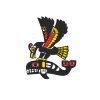Water Quality Attainment Sampling Report 2022-Lower Watershed and Estuary

DRAFT Executive Summary
Three areas were sampled in the summer (August/September) and fall (October/November) of 2022 for an assessment of water quality. These were seven sites in the lower Koksilah River and its tributaries, nine sites in the tributaries that run directly into Cowichan Bay and nine marine sites in Cowichan Bay. The year 2022 was unusual in that there was less than normal rain in the summer and very much lower than normal rainfall in the fall.
These are our DRAFT findings, pending confirmation through MoE Review.
- None of the freshwater samples met the water quality objectives for E. coli. The source of the E. coli was not determined. Only two of the Cowichan Bay marine sites met the fecal coliform objectives for shellfish harvesting and enterococci levels for recreational and cultural use throughout the sampling period: these were CBM1 (Cowichan Bay above Lambourn Holdings) and CBM2 (Cowichan Bay shoreline at PE1538 outfall).
- Most freshwater sites met the water quality objectives for water temperature with the exceptions of the two Koksilah River sites sampled in the summer: Koksilah River at Koksilah Road and Koksilah River at Bright Angel Park. A number of Koksilah River Basin sites did not meet the water quality temperature objectives in the fall. Although there are no water quality objective for temperature for the Cowichan Bay Tributaries, they did meet the Cowichan/Koksilah water quality objectives for temperature.
- A number of Koksilah River Basin sites did not meet the water quality dissolved oxygen objectives in the summer. All of these sites were characterized by shallow, unshaded slow flowing or no flowing water. On a number of occasions, several of the Koksilah River Basin sites did not meet the fall water quality objectives for dissolved oxygen. This was likely due to the high temperatures till the end of October and low rainfall. Most of the Cowichan Bay tributaries met the summer and fall provisional objectives for dissolved oxygen.
- Only two of the Koksilah River Basin sites did not meet the water quality objectives for turbidity: these were Petrolas Creek at Moss Road and Norrie Creek at the Koksilah Road. Only one of the Cowichan Bay tributaries met the provisional objectives for turbidity.
- All Koksilah River Basin sites and all Cowichan Bay Tributary sites failed to meet the water quality objectives for total phosphorus. The source of this phosphorus is unclear, but the phosphorus can come from agricultural runoff and subsurface flow as well as decomposition of detritus such as leaf litter from the riparian vegetation that falls into the water.
- The Koksilah River Basin sites all met the water quality objectives for total copper, total lead and total zinc. Most of the Cowichan Bay tributaries did not meet the provisional objectives for total copper and total zinc: this may be due to high levels of these metals in groundwater.
The draft report ends with seven recommendations.
This Executive Summary is subject to the same standard limitations as contained in the report and must be read in conjunction with the entire report.
| This study was conducted by the Cowichan Watershed Board on behalf of Cowichan Tribes, with technical and funding support from the Province of British Columbia. Partial funding was provided by the RBC Tech for Nature program, for the Quw’utsun Clean Water Community: Collaborative Water Testing and Data Sharing Initiative.
Report Authors: Linda Gregory, Bernhard H.J. Juurlink and David Munday. Data analysis and the writing of this report were completed through an independent contract by the Shawnigan Basin Society. Any opinions expressed within the content are solely the authors' and do not reflect views or opinions of the study partners or funders. Field sampling was completed collaboratively by Cowichan Watershed Board (freshwater sites) and Cowichan Tribes (marine sites).
Project Coordinators, Advisors: Chris Steeger, Water Quality Sampling Coordinator, Elodie Roger, Water Sampling Coordinator, Tom Rutherford, Project Advisor, Rosie Barlak, Project Advisor, Lisa Fox, Project Coordinator |
 Email
Email



